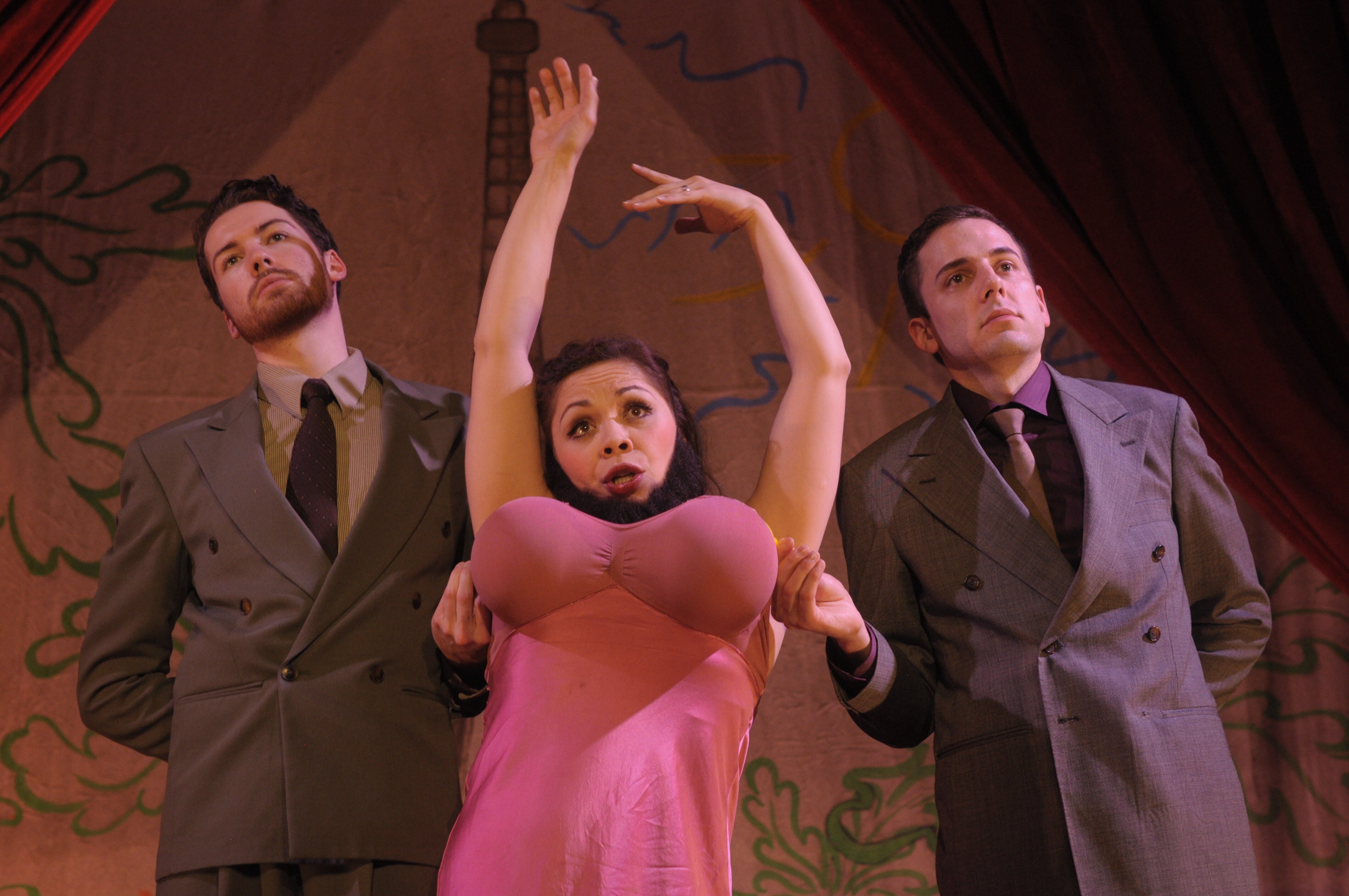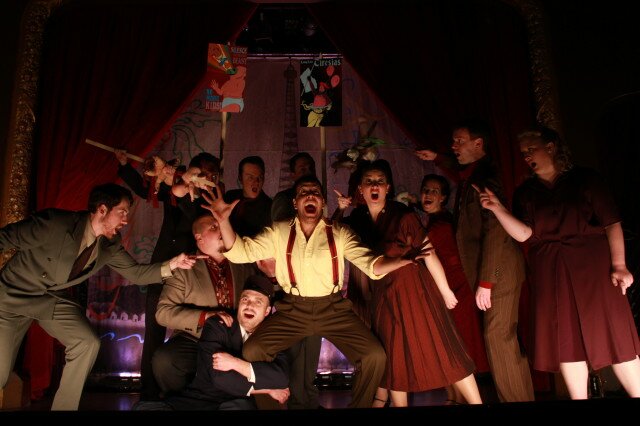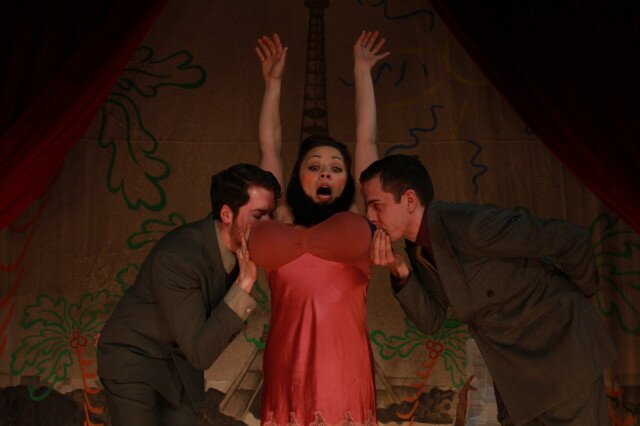For those on the go during the holidays, Choral Arts‘ annual Christmas concert provides an tiny oasis of calm during December’s hustle and bustle. The choir’s hour-long program, sung with no breaks between pieces, is perfectly tailored to busy holiday schedules. The first of two performances of this yuletide program, the December 14th concert at First Hill’s Trinity Church drew a crowd that filled most of the church’s central pews, making for a cozy atmosphere. A second performance was held the next night at the roomier Capitol Hill’s St. Joseph’s.
Ranging from medieval chant to contemporary carols, the medley of choral gems sparkled in Trinity’s intimate space. Despite the emphasis on meditative works that invite reflection and relaxation, the hour seemed to fly by, smoothly flowing from one tune to the next. At the helm, Artistic Director Robert Bode tied the program together with clear conducting and careful pacing. As a final touch, Bode and the ensemble wrapped each piece up with a perfectly-executed conclusion, final chords hanging in the air for just a moment before fading away. This is an ensemble that has mastered art of the juicy ending.
A small ensemble with the sound of a large choir, the 26-voice Choral Arts can do it all, from the rollicking Stephen Foster tune “Hard Times Come Again No More” to Robert Young’s setting of “In the Bleak Midwinter.” While the former flowed with the ease of a hearty pub shanty, filling the Trinity sanctuary, the latter unfolded with the steady pace of footsteps in newly-fallen snow. As the ensemble sung of the frosty morning of the first Christmas, the atmosphere seemed to grow more peaceful and intimate with each stanza.
Two highlights of the program were tiny masterpiece that would be poignant at any time of year. Full of shifting vocal textures, Francis Poulenc’s “Hodie Christus Natus Est” blends unusual harmonies with moving countermelodies in the men’s voices. Jake Runestad‘s “Nada te Turbe” combines staggered melodies passed between sections of the choir with accompaniment that evokes gently rolling waves. The 27-year-old Runestad has already received commissions from ensembles around the country. It’s worth keeping an eye on this young composer as his career unfolds in the coming years.
This year’s concert saw the return of guest guitarist Robert McCafferey-Lent, who performed a series of instrumental interludes and accompanied the ensemble on several pieces. McCafferey-Lent’s mix of gentle guitar melodies and carol excerpts provided an elegant bridge between vocal works. A former Choral Arts singer, the classical and Irish folk guitarist has plenty of experience in blending with a choir. His sensitive accompaniment colored Rick Asher’s “Psallite”, which alternates between peaceful and upbeat sections, and the 16th century chant “O Magnum Mysterium”, sung with tenderness by soprano Rebekah Gilmore.
The hour of music ended with a little bit of audience participation during two classic carols, “It Came Upon a Midnight Clear” and “Silent Night”. Bode turned around to conduct the crowd as the sanctuary filled with singing voices, an uplifting conclusion to one of Seattle’s most contemplative and peaceful holiday concert traditions. For those who missed this year’s “Christmas with Choral Arts,” head over to Seattle radio station KING FM’s Soundcloud page, where a streaming recording of the program is available.
Bode and the singers of Choral Arts have a busy schedule in 2014. In March, they’ll sing Brahms’ notoriously difficult “Ein Deutsches Requiem” as part of the University of Washington’s Brahms Symposium. They’ll follow that performance with a program of world folk music in May.












